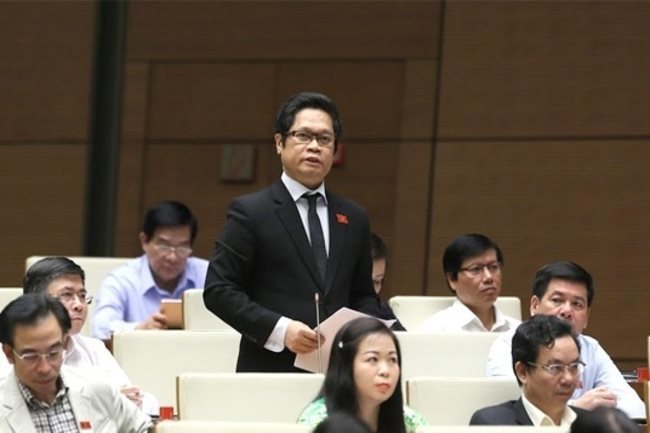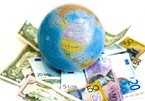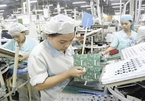 |
| President of the Vietnam Chamber of Commerce and Industry Vu Tien Loc speaks at a National Assembly session today, October 30 – PHOTO: VGP |
The National Assembly has begun discussions of the country’s socioeconomic performance and State budget plans for 2019 and 2020 as well as a plan on budgetary appropriations, reported Nguoi Lao Dong newspaper.
Deputy Vu Tien Loc, a representative of the northern province of Thai Binh, who serves as president of the Vietnam Chamber of Commerce and Industry, said that so far this year, global economic uncertainties have struck Vietnam’s economy to an extent.
On the domestic side, a number of long-term shortcomings in economic restructuring have yet to be tackled, and climate change, natural disasters and disease have affected daily routines and production activities.
Despite these obstacles, the Government has fulfilled 12 major socioeconomic targets for this year, according to the economist.
“Macroeconomic conditions have remained stable, while inflation has been brought under control, at less than 3%. The unemployment rate is below 4%, while the economic growth for the entire year has been estimated at 6.8%,” Loc said.
He noted that growth quality has shown a noticeable improvement as 2019 is the first year that the processing and manufacturing sector has driven growth.
“The proportions of exports and investment from the domestic private sector have been rising… Vietnam has maintained the highest growth rate in the ASEAN (Association of Southeast Asian Nations) and is among the highest growing economies in Asia,” he explained.
However, he also delivered a negative outlook for 2020 and the following years. Amid the global economic slowdown, it will be challenging to maintain a growth rate of 6.8% as the Vietnamese economy has a high degree of trade openness, which is heavily reliant on exports and foreign investment.
Therefore, he urged the Government to create a plan to respond to this scenario.
Though the processing and manufacturing sector posted a high growth rate of 11.37% between January and September this year, its inventory index was at a record high of 17.2%, compared with 13.8% from a year earlier and 8.8% in 2017.
“Is the sector’s growth sustainable if businesses bring their inventory indexes to normal levels?” he asked.
Regarding the trade war between the United States and China, he said many experts had predicted Vietnam would benefit and become a global manufacturing hub.
However, he noted that exports in the nine months had only risen by 8.2% from a year ago, compared with the growth rates of 15.4% against the same period in the previous year and of 20% in corresponding periods of years prior to that.
He also pointed out unusual shifts in export restructuring by market. Exports to four of Vietnam’s top five export markets – the European Union, China, the ASEAN and Japan – all slowed down.
The exception was the United States, which imported more goods from Vietnam, according to the expert.
FDI has risen so far this year, but inflows from two major sources, Japan and South Korea, have slowed down. Meanwhile, surges have been seen from China, Hong Kong and Taiwan.
He stressed that this shift in FDI indicated a lack of sustainability and balance, which would affect the country’s long-term growth quality. SGT

Leaps and bounds to capture investment in next-generation investment projects
With the global digital wave hitting Vietnam, the country has been actively renovating itself into an attractive destination for new-age investors.

Vietnamese SOEs’ outward investment projects take big losses
The losses incurred by state-owned enterprises (SOEs) from outward investment projects in 2018 reached $367 million, a sharp increase of 265 percent compared with 2017, a report shows.

Surge in foreign investment through M&As raises concern
Foreign investment pledged to Vietnam in the January-September period this year through capital contributions and stake acquisitions rocketed by 82.3% year-on-year, raising concerns over an economic crisis ten years ago making a comeback.
 Signs of a slowdown in FDI have been recorded from two key markets, Japan and South Korea, though spikes have been seen from China despite projections that Vietnam would benefit from the Sino-U.S. trade war.
Signs of a slowdown in FDI have been recorded from two key markets, Japan and South Korea, though spikes have been seen from China despite projections that Vietnam would benefit from the Sino-U.S. trade war.